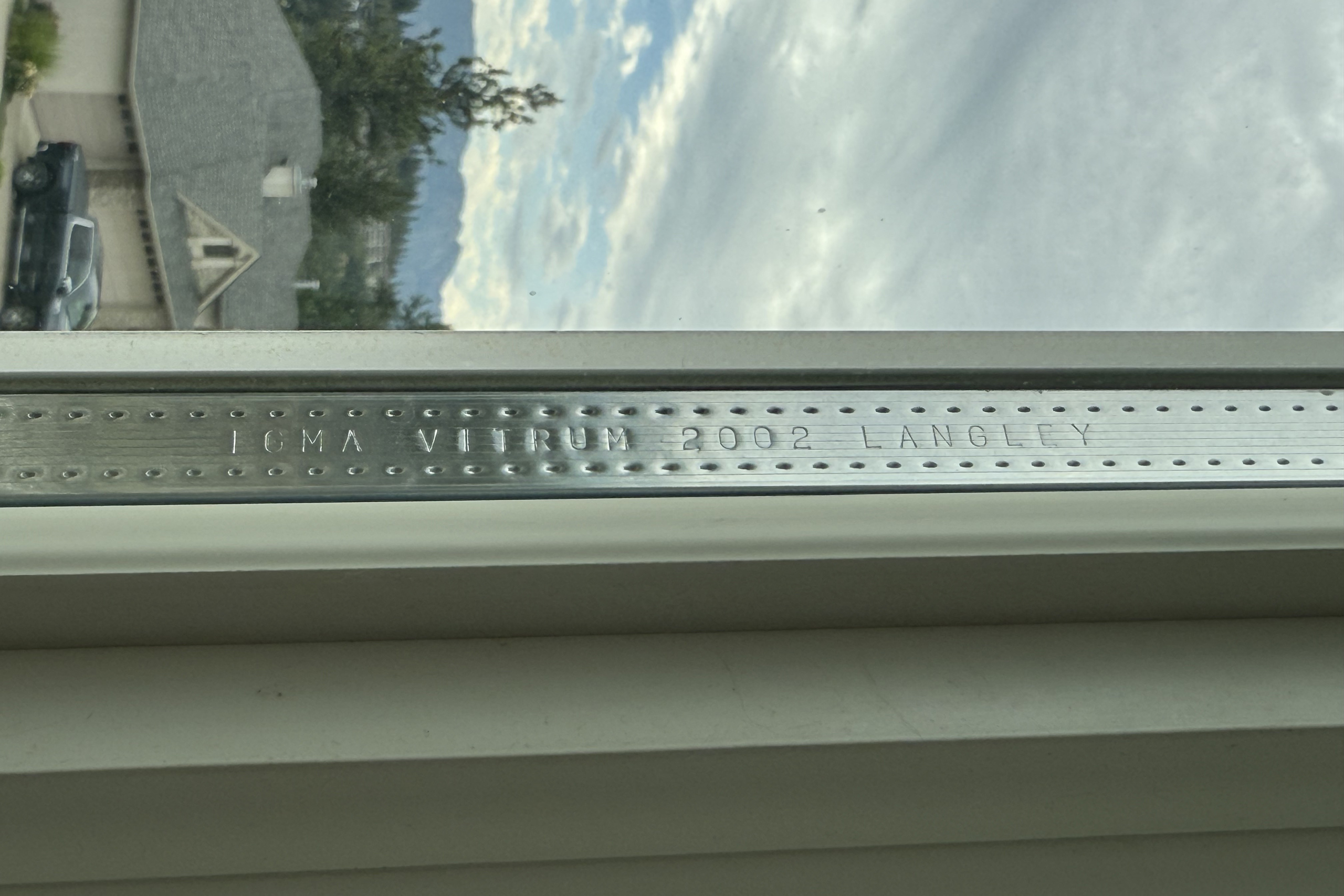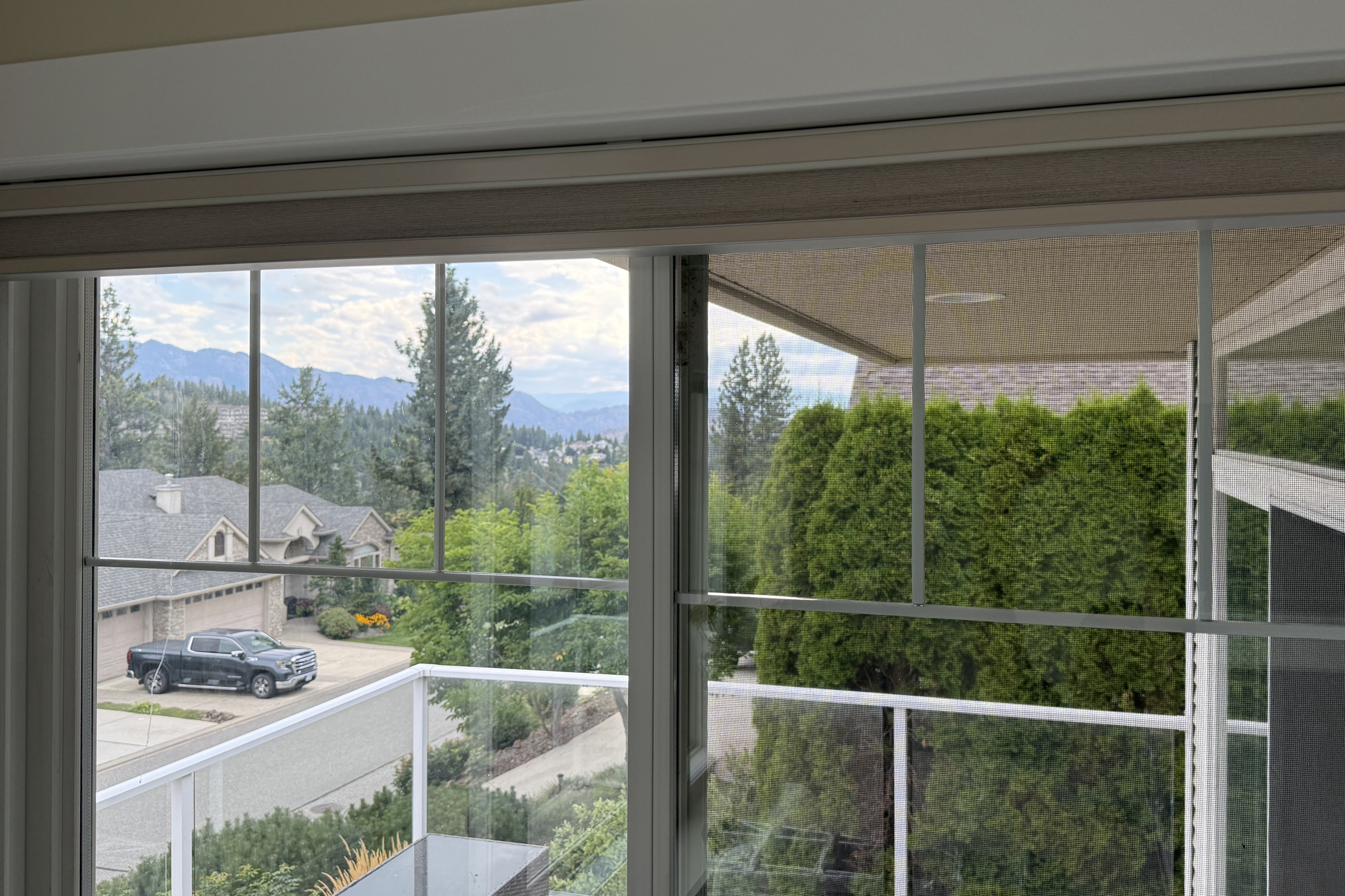Windows that feel tired and drafty raise a fair question: fix just the glass, or start fresh with a new window? If you’re seeing fog between panes or a cracked lite, a glass-only replacement can look like the quicker, lower-cost path. But the sources of discomfort, such as drafts, sticking sashes, and cold spots, usually trace back to the frame, weatherstripping, and how the unit was installed, not the glass itself. That’s why full replacement often delivers the real gains in comfort, efficiency, and warranty coverage. Ultimately, the right call depends on whether the existing frame is still airtight and functional today, and how much useful life the assembly has left.
Where Drafts Actually Come From
Drafts are almost always a frame, sash, or installation issue. Over time:
- Frames can rack or warp.
- Latches lose compression.
- Weatherstripping flattens.
- Caulking and foam at the wall opening shrink or crack, letting outside air slip around the unit.
Replacing only the glass does none of the above. It will not tighten a loose latch, revive tired weatherstripping, or add missing sill pans and flashing.
Quick self-checks
- On a breezy day, trace a stick of incense around the interior trim and sash lines. Moving smoke suggests leakage.
- Try the paper test: close and latch the sash on a strip of paper. If it slides out easily, compression is weak.
- Fogging between panes points to a failed glass seal, not an air leak path by itself.
Does Age Change the Answer?
As windows age, frames shift, hardware wears, and weatherstripping loses spring. New glass in a worn frame is often false economy.
Age-based rules of thumb
- Under 5 years: check the manufacturer warranty and consider a glass swap if everything is otherwise tight.
- 6 to 12 years: glass-only can be sensible if there is no detectable leakage and operation is smooth.
- 13 to 20 years: evaluate case by case. Any draft, binding, or frame wear leans toward replacement.
- 20+ years: full replacement usually provides better comfort, efficiency, and total cost of ownership.

Find the approximate age
- Scan the spacer or a corner etch with a flashlight. You may see a certification mark, company, plant, and sometimes a year or coded date.
- Open the sash and look for brand or serial labels on the side or head jamb. Many manufacturers can decode these.
- Check closing documents, permits, or invoices for install dates.
- If no readable year is found, decide based on airtightness and operation rather than markings alone.
When a Glass-Only Replacement Can Make Sense
Choose a glass swap when all of the following are true:
- The frame is square and sound, with no rot, warping, or water stains.
- The window passes the quick leak tests above.
- The issue is limited to a fogged or cracked pane that can be matched for low-e, tint, or tempering.
- You plan a larger renovation later and need a short-term cosmetic fix.
When Full Window Replacement Is the Smarter Choice
Choose full replacement when you notice any of the following:
- You can feel a draft or see daylight at the sash or trim.
- Operation problems such as sticking, sagging, or failed balances and latches.
- Rot, warping, or recurring water stains around the opening.
- Multiple or repeat seal failures on older units.
- A need for ENERGY STAR performance, sound reduction, security, or style upgrades.
- An opportunity to correct insulation, flashing, sill pan, and air-sealing during install.
- You want a uniform look across the room or façade, with matching grilles, sightlines, spacer colour, and glass tint.

Cost, Lifespan and Warranty: The Hidden Math
- Sticker price is not the whole story. A low-cost glass replacement can become a high total cost if drafts persist and energy bills do not improve.
- Glass-only work typically covers the sealed unit and little else.
- Full replacement resets the clock on the entire assembly: frame, glass, and hardware, often under a single warranty.
- If you expect to stay in the home for 5 to 10 years or more, the value of better comfort, lower infiltration, and a unified warranty often outweighs the savings of a quick glass-only fix.
Comfort and Efficiency You Can Feel
- Cutting air leakage is the biggest gain from complete window replacement.
- Modern glazing and fresh weatherstripping help rooms feel warmer in winter and cooler in summer.
- Reduced interior condensation.
- Quieter rooms.
- Installation quality matters: proper air and water sealing at the opening drives comfort.
Design and Function Upgrades You Miss with Glass-Only
- Cleaner sightlines and updated interior and exterior finishes.
- Tilt-in cleaning and smoother hardware.
- Improved screens.
- Security or child-safety latches.
- Laminated or privacy glass for safety and acoustics.
These benefits are difficult to achieve with a simple IGU (Insulated Glass Unit) swap.
Summary
Most drafts do not come from the glass itself, so replacing only the glass will not stop the air movement. A glass-only replacement can be sensible when the frame is sound, the window is airtight, and the problem is limited to a fogged or cracked pane. Otherwise, consider the age of the windows and use quick checks like the smoke test, the paper test, and a scan for daylight at the sash and trim to gauge leakage. When leaks or age point to bigger issues, a full window replacement reduces air infiltration, improves comfort and efficiency, and refreshes appearance and hardware.
